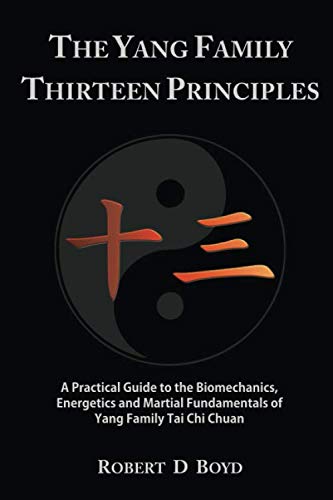Customer Services
Copyright © 2025 Desertcart Holdings Limited
Desert Online General Trading LLC
Dubai, United Arab Emirates



The Yang Family Thirteen Principles: A practical guide to the biomechanics, energetics and martial fundamentals of Yang family tai chi chuan
Trustpilot
1 week ago
1 day ago
1 day ago
3 weeks ago